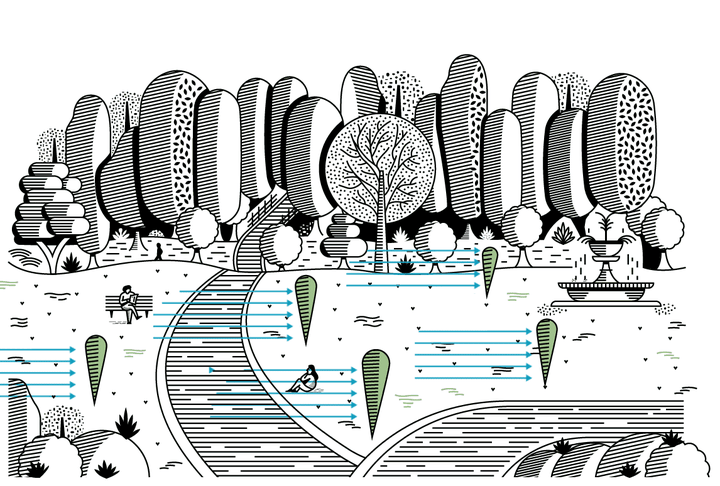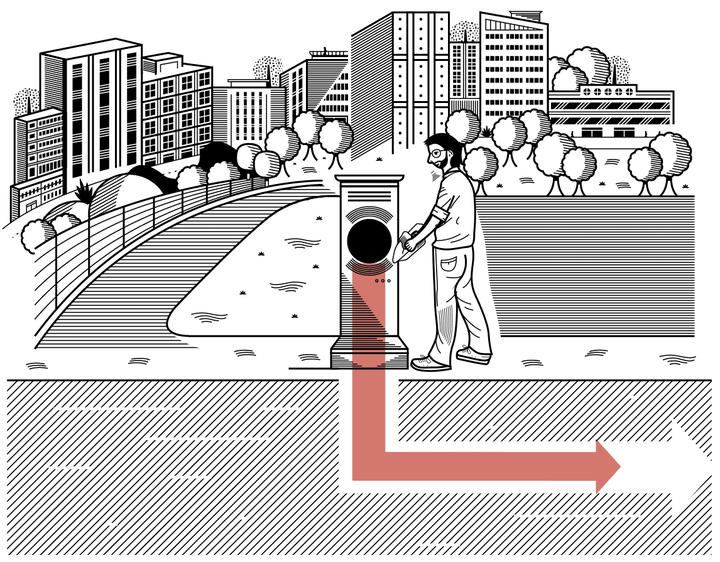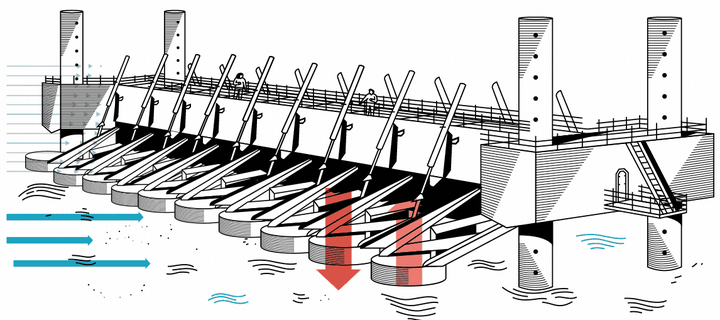As populations around the world continue to migrate to cities, urban planners, architects and engineers are working around the clock to modernize outdated urban infrastructure. Their chief challenges are reducing waste, improving transportation and creating sustainable energy sources. And the clock on finding innovative ways to support urban areas is indeed ticking ― and loudly. By 2030, 60 percent of the world’s population is expected to live in cities ― that’s a projected 8.5 billion people.
The good news is that solutions to many of these challenges have already made it past the drawing board. Many of today’s brightest minds from STEAM fields have made breakthroughs in garbage collection, pedestrian and bicycle traffic and energy generation. Other innovations, such as piezoelectric trees that harvest water and light up the night, are likely to become a reality in the next decade. But we’ll need even more STEAM-educated minds to lead the way in the future. In partnership with Ford, we visualized the most exciting urban innovations to show you exactly how they’ll improve your city’s infrastructure.
Lighting Up The Night

Anthony Di Mari of Northeastern University’s School of Architecture dreamed up these piezoelectric trees to help irrigate public parks and light them at night. The piezoelectric trees contain a polycarbonate and mesh infill that collects water from rainfall and airborne moisture. The water is then distributed through a shallow underground irrigation system with the help from the trees’ swaying movement. A piezoelectric motor converts energy from the oscillations of the artificial trees into electricity, which is used to light up the trees’ exterior LEDs. Di Mari’s piezoelectric trees are proof that the intersection of design and technology can yield a powerful concept that maintains the aesthetics of public green spaces while keeping them healthy and sustainable.
Thinking Outside The Box

As more and more people flock to urban areas, city planners will need to get increasingly creative about how to satisfy residents’ wellness and transportation needs within diminishing available space. One way to achieve this is by updating infrastructure to support biking and walking by building suspended roundabouts like the first-of-its-kind Hovenring in the Netherlands. By elevating bicycle and pedestrian traffic above busy roadways and intersections, cities can significantly decrease traffic congestion, making it faster for motorists and non-motorists to move around dense urban areas. The Hovenring stands as a unique civil-engineering marvel that combines smart urban planning with environmental sustainability. Other cities would be wise to take note.
Making Waste Disappear

If you’re tired of waking up to the ear-splitting “tkshh!” noise of your garbage truck on collection days, here’s some good news. Automated vacuum collection systems, which transport waste through a network of underground pneumatic tubes at high speeds to a collection station, will make garbage trucks obsolete. While Disney World introduced a pneumatic collection system as early as 1971, more such projects are starting to appear in larger scale in dozens of cities around the world. In the United States, a vacuum collection system will handle the waste in New York City’s bold new Hudson Yards development, whisking trash away at an impressive speed of 45 mph. Saudi Arabia is building the largest-ever vacuum system in Mecca, capable of handling 600 tons of trash every day generated by 14 million tourists and pilgrims that visit the city each year.
Waving Hello To Clean Energy

As cities around the world continue the push to lower their carbon footprint, zero-carbon technologies like solar thermal power plants are becoming all the rage. However, cities that receive scant sunlight may find an attractive alternative in wave power. Since ocean waves rarely experience disruptions, electric generators driven by their clockwork push-and-pull can reliably provide power throughout the year. Further, thanks to advances in wave power technology, engineers have been able to move wave power generators farther offshore, where the waves pack the most punch, making the generators extremely efficient: A single Wave Star generator (animated above) is able to provide clean energy for 4,000 homes. In the future, densely populated coastal cities may well combine wave, solar and wind power to meet their energy needs, all while preserving the environment.
Breakthroughs in science and technology are paving the way for modern cities to support bigger populations. That’s why Ford is innovating game-changing transportation solutions – autonomous vehicles, ride-sharing services, and more. To do this, Ford is working with some of the most forward-thinking innovators of today, while cultivating the talent of tomorrow. Visit the Ford STEAM experience to discover how Ford is redefining science education for the next generation.